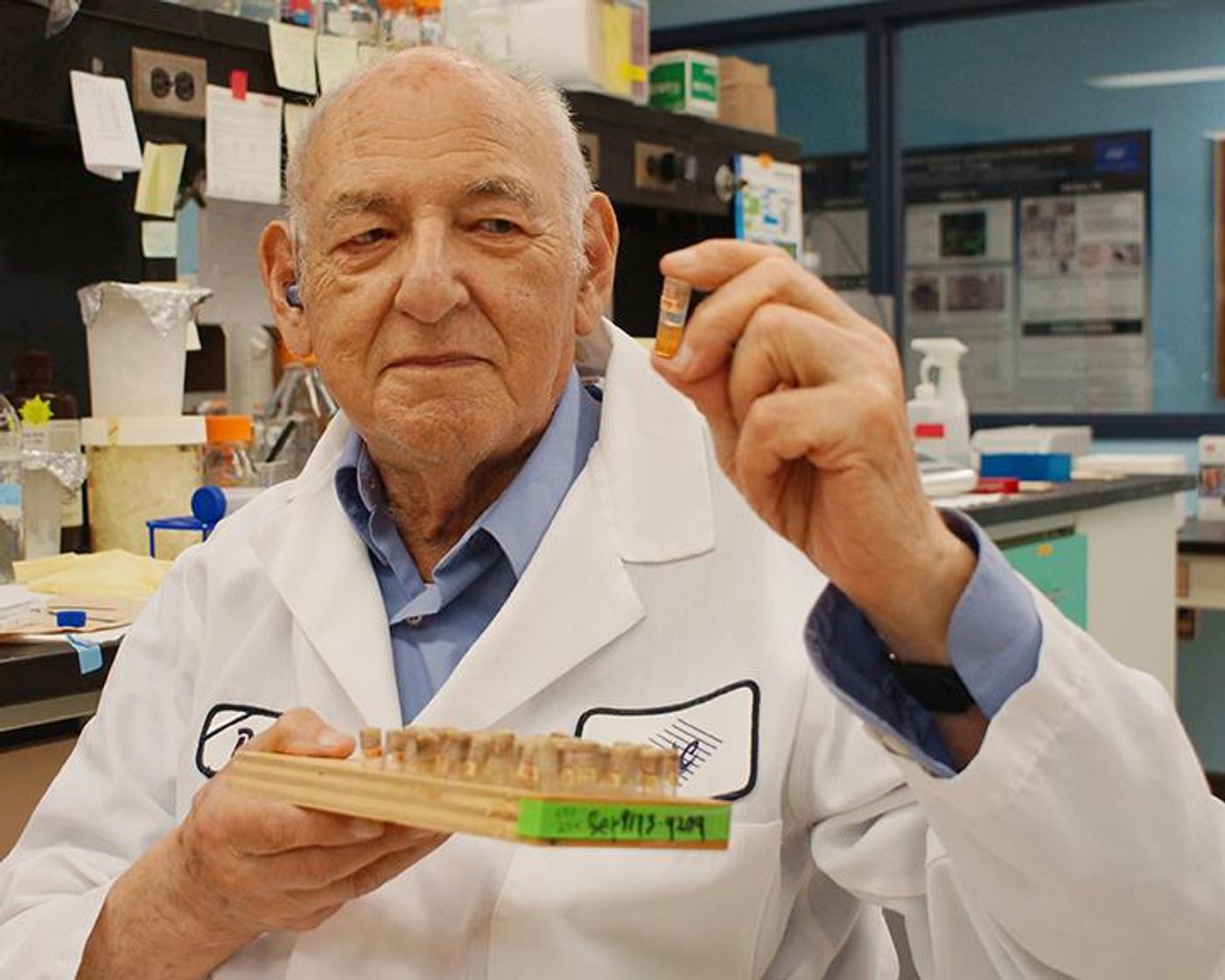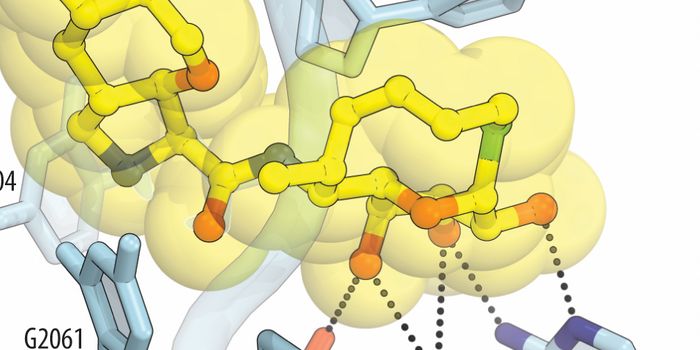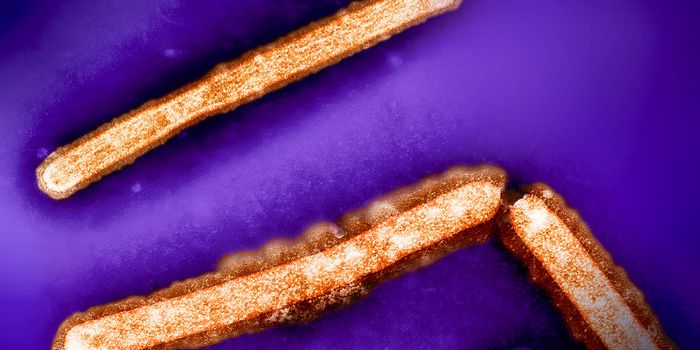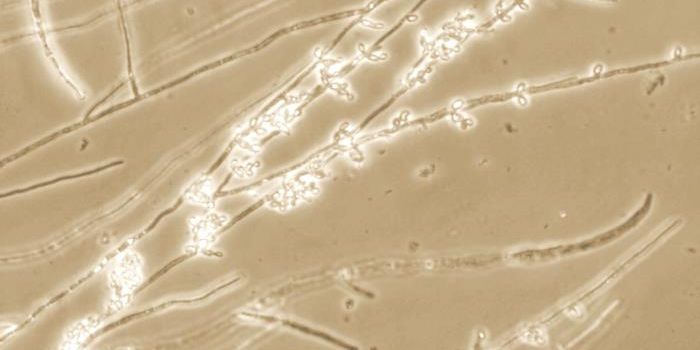Salmonella bacteria is very good at causing infections; the Centers for Disease Control estimates that Salmonella is one of the leading causes of foodborne illness that sickens 48 millions Americans yearly. Salmonella bacteria are especially good at penetrating the barriers of a cell, enabling it to invade and replicate. Researchers the Cancer Research Center and the University of Missouri (MU) worked to exploit that mechanism, developing a non-pathogenic strain of Salmonella that can target and penetrate cancer cells. This could open up a new avenue for cancer treatment. The video below outlines the work.
"Salmonella strains have a natural preference for infiltrating and replicating within the cancer cells of a tumor, making the bacteria an ideal candidate for bacteriotherapy," explained Robert Kazmierczak, a senior investigator at the Cancer Research Center and post-doctoral fellow in the Division of Biological Sciences at the MU College of Arts and Science. "Bacteriotherapy is the use of live bacteria as therapy to treat a medical condition, like cancer."
Kazmierczak and colleagues at the Cancer Research Center (CRC) created a Salmonella strain, genetically modified to be nontoxic, called created CRC2631. It has an enhanced ability to target and kill cancer cells, without doing harm to healthy, normal cells. The researchers put the CRC2631 Salmonella strain directly into the circulatory system of mice that had prostate cancer.
"We found that the mice tolerated the treatment well and when examined, their prostate tumors decreased by about 20 percent compared to the control group," said Kazmierczak. "One of the most remarkable aspects of Salmonella is its ability to target, spread and persist inside the tumor. We are taking advantage of this ability by using Salmonella to carry or generate effective chemotherapeutic drugs, concentrating them at and throughout the tumor. The goal of this treatment is to develop a bacterial vector that can destroy the tumor from the inside out and reduce the amount of side effects endured by patients with cancer."

The CRC2631 strain was derived from a sample that sat, at room temperature, collecting dust for 50 years. It dates back to research work performed by geneticist Milisav Demerec. There are over 20,000 samples of Salmonella in all, called the Demerec collection; Abraham Eisenstark, the scientific director at the CRC and a Professor Emeritus of Biological Sciences at MU, curated them.
"The uniqueness of CRC2631 differentiates our Salmonella strains from other universities trying to achieve the same goal; it is one of a kind," Eisenstark commented. "The strain of Salmonella we are using is essential to the success of our study."
Sources:
AAAS/Eurekalert! via
University of Missouri,
PLOS ONE


















































